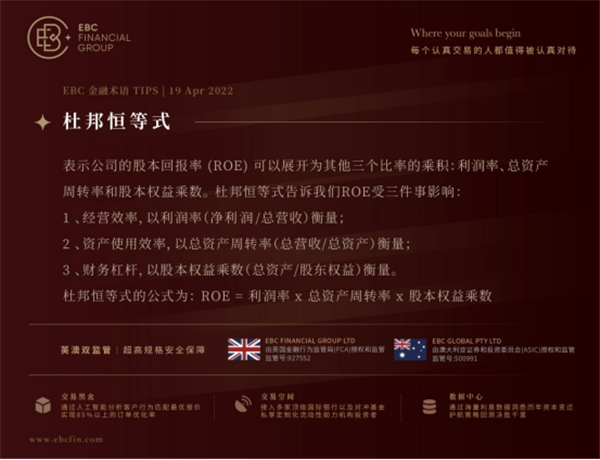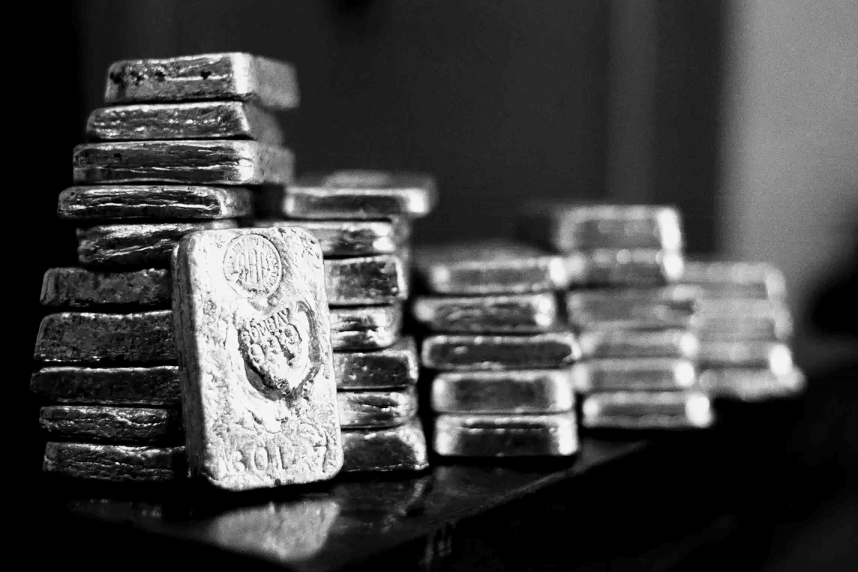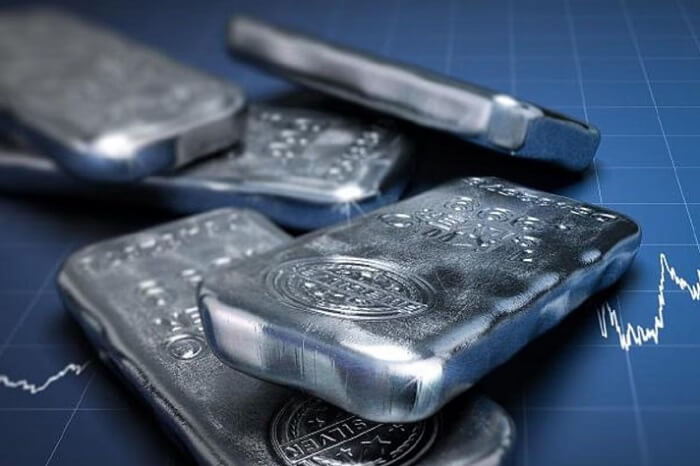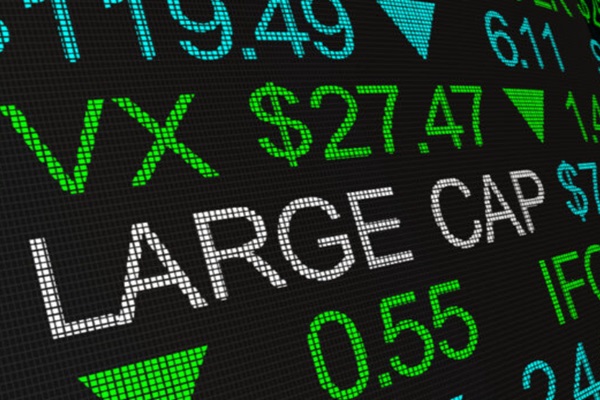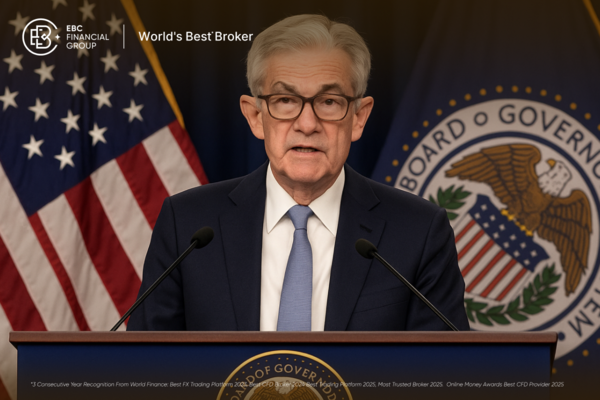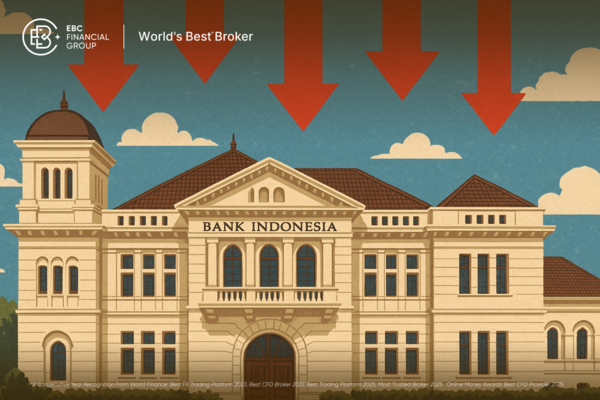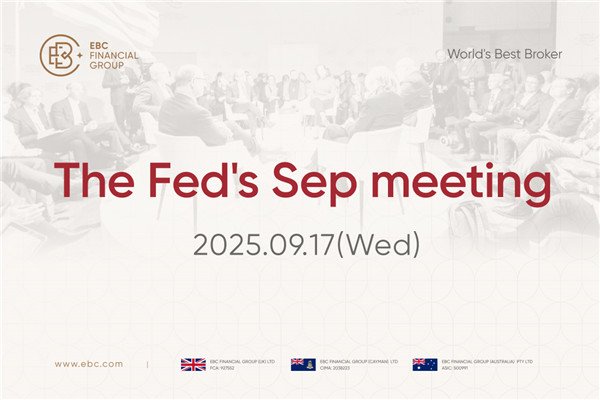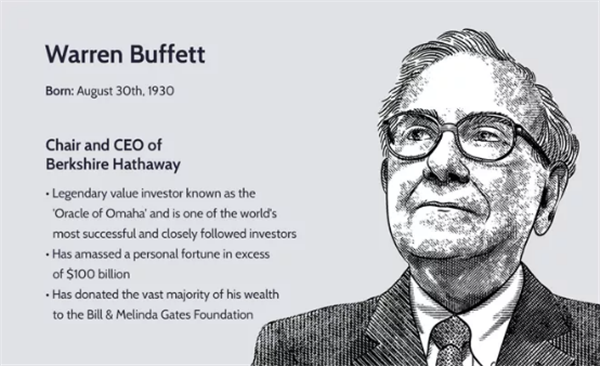
Entering 2022, the investment enthusiasm of the "Omaha Prophet" stock god Buffett seems to have been ignited. He has changed his previous style of holding a large amount of cash but not entering the market. In just a few months, he has successively bought Western oil companies in the United States, acquired insurance company Alleghany, and added positions in the technology stock HP... Now 91 years old, Buffett still maintains a great love for work and life, He said, "It's the most interesting thing in the world to go to work with tap dance every day.".
On April 11th, US time, Buffett accepted an interview with former CBS host Charlie Ross. He recalled his first investment in life, when he bought three stocks of a city service company at the age of 11. However, it wasn't until he was 20 that he realized, after reading the book "Smart Investors" written by his mentor Benjamin Graham, that he was actually buying not just trading objects (such as stocks), but "publicly traded businesses", A correct investment direction, a correct investment style, is far more useful than a brain with extremely high IQ values.
Warren Buffett is an advocate of value investment. To be more precise, he is an investment representative of the growth value style. He hopes to find those transaction targets whose market prices are undervalued compared with the intrinsic value. At the same time, the company operation corresponding to these targets is also very valuable for growth. In this article, EBC Finance will talk to you about 'Value Investment'.
What is Value Investment
Value investing is an investment style that primarily involves selecting trading targets whose current market trading prices are lower than their intrinsic or book value.
Value investors are always actively seeking trading targets that they believe are undervalued by the market. It should be because they believe that the market often overreacts to good and bad news, resulting in stock price fluctuations sometimes deviating from the company's long-term fundamentals. This overreaction provides traders with an opportunity to earn excess returns by buying stocks at discounted prices.
The well-known investment guru Warren Buffett is a loyal advocate of value investing, including Benjamin Graham (Buffett's professor and mentor), David Dodd, Charlie Munger, Christopher Brown (another student of Graham), and billionaire hedge fund manager Seth Kraman, among others, who are representatives of value investing.
Value Investment in Life
Value investing may sound profound, but in reality, we are also doing value investing every day in our daily lives.
When you were on Double 11, you bought jeans for 500 yuan and the original price was 1000 yuan. The store cleared inventory at the end of the year, and you bought a curved TV at the price of a regular smart TV. Do you feel very profitable and happy?
In short, if you know the true value of something in advance, you can save a lot of money by buying it at a discounted price when you are on sale. However, the things you buy are of good quality and quantity without any discounts.
The same is true for value investment. Take stocks as an example. Even if the company's intrinsic value is relatively fixed, its stock price will fluctuate with the market. Like TV, the stock price will fluctuate when the external demand increases or decreases, but this does not change the intrinsic value of the company's stock.
Just as savvy shoppers may believe that since TVs are discounted several times a year, buying TVs at full price is meaningless, savvy value investors may also believe that buying stocks at a discount is a cost-effective purchase. Of course, unlike television, stocks are not discounted at predictable times of the year (such as Double 11), and their selling prices are not advertised.
What value investors do daily is to investigate, find these secretly sold stocks, and buy them at a lower price than their intrinsic value. By purchasing and holding these value stocks for a long time, investors can receive substantial returns over time.
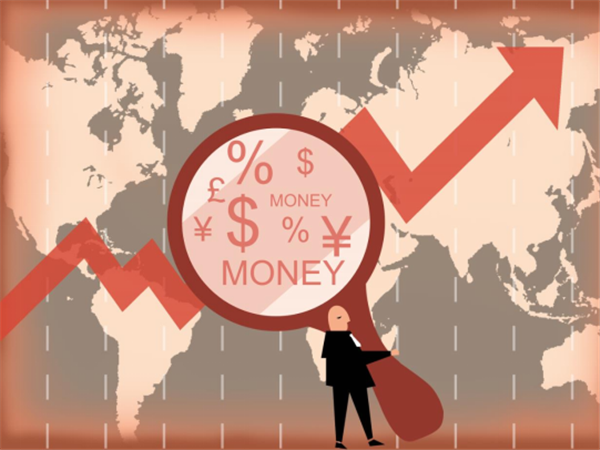
-Graham and David Dodd proposed it in 1934 and promoted it in Graham's 1949 book 'Smart Investors'.
How to find undervalued trading targets
In the transaction market, when the market transaction price of the transaction target is lower than its intrinsic value, it is equivalent to that the target is being discounted. Value investors hope to profit from the transaction target that they think is deeply discounted. How to find undervalued trading targets
How can we determine that a certain trading variety is being undervalued by the market? Let's take stocks as an example, and there are two common valuation indicators:
1. Price to book ratio (P/B)=stock price per share/net assets per share
To measure the value of a company's assets, its intrinsic value should be compared with the stock trading price on the market. The price to book ratio represents a "premium", that is, how much premium investors have paid over the net asset per share (i.e., intrinsic value) of the stock.
If the transaction price is lower than the intrinsic value of the asset, then the value of the stock is underestimated. Of course, one more thing to note is that the premise of the above inference is that the company is not in financial difficulties, that is, its financial performance can basically fully reflect its intrinsic value.
2. Price to earnings ratio (P/E)=stock price per share/net profit per share
The P/E ratio can be understood as the "return period" of an investment, such as a stock price of 10 yuan and a net profit per share of 1 yuan, then the P/E ratio is 10From a profit perspective, at the current profit level, if you spend 10 yuan to buy this stock, it will take 10 years to recover the cost. If the stock price rises to 100 yuan at the same profit level, then 100 yuan is neededIt takes only a few years to recover, which increases the relative risk. Understanding the P/E ratio as the "return period", assuming that a company's profitability remains unchanged, the P/E ratio represents how many years it takes for an investment to recover its costs.
Capability Circle
The key to purchasing stocks with undervalued prices is to thoroughly study the company and make rational decisions that align with common sense. In the internal value analysis, in addition to some of the above valuation indicators, many other indicators will be used, such as net return on assets (ROE), dividend rate, Free cash flow (FCF), etc. In fact, analyzing the intrinsic value of a stock is a very complex project, which is closely related to the company's business model, market positioning, competitive advantages and disadvantages, financial indicators, and even brand premium (moat), It includes both qualitative macro analysis and quantitative financial indicators and investment quantitative analysis. Only after in-depth exploration can we come to a conclusion. Some people say that value investing is a bit like a grand guessing game, not every investor, not every field, can have corresponding abilities. Therefore, value investing also values the ability circle.
Warren Buffett once said, "The most important thing for your ability circle is not the size of your ability circle, but that you know the boundaries of your ability circle. If you know the boundaries, you will be much wealthier than those who, although five times larger than you, do not know the boundaries
He suggests that investors only invest in industries they have personally worked in, or familiar with consumer goods industries such as automobiles, clothing, appliances, and food, because compared to companies that produce innovative products, a company that has been operating for a long time and already has a certain market share of goods is easier to evaluate and grasp its development path.
Safety margin
Value investors also need to have a certain margin of error when estimating value, as they often set their own risk tolerance based on their specific risk toleranceThe margin of safety. Grasping the principle of safety margin is one of the keys to successful value investment, based on the premise that buying stocks at a price that investors personally believe is low enough provides a better opportunity to earn profits when selling them in the future. The margin of safety also makes it less likely for you to lose money when the stock performance is not as good as you expected.
For example, if a stock is worth $100 and you buy at $66, you only need to wait for the stock price to rise to its true value of $100, and you can earn a profit of $34. In addition, the company may also grow and become more valuable, giving you the opportunity to earn more money. If the stock price rises to $110, you will earn $44 because you bought the stock at a discount (i.e. undervalued). If you purchase at the full price of $100, you will only earn $10.
-Graham only buys when the stock price is two-thirds of its intrinsic value or less. He believes that this is a necessary safety factor for obtaining the best return while minimizing investment risk.
